- Published on
Dummy Calf Syndrome: A Challenge We Weren't Fully Prepared For
- Authors

- Name
- Matt Buttress
Within an hour of birth, we started to realise something was wrong. It seemed we had gotten lucky with both mum and bub coming out healthy and happy, but the calf hadn't yet fed, and she was looking quite lethargic. We did our best to help her feed, but she didn't seem to have much of a suckle reflex. After a while, it became clear that we were going to have to once again intervene.
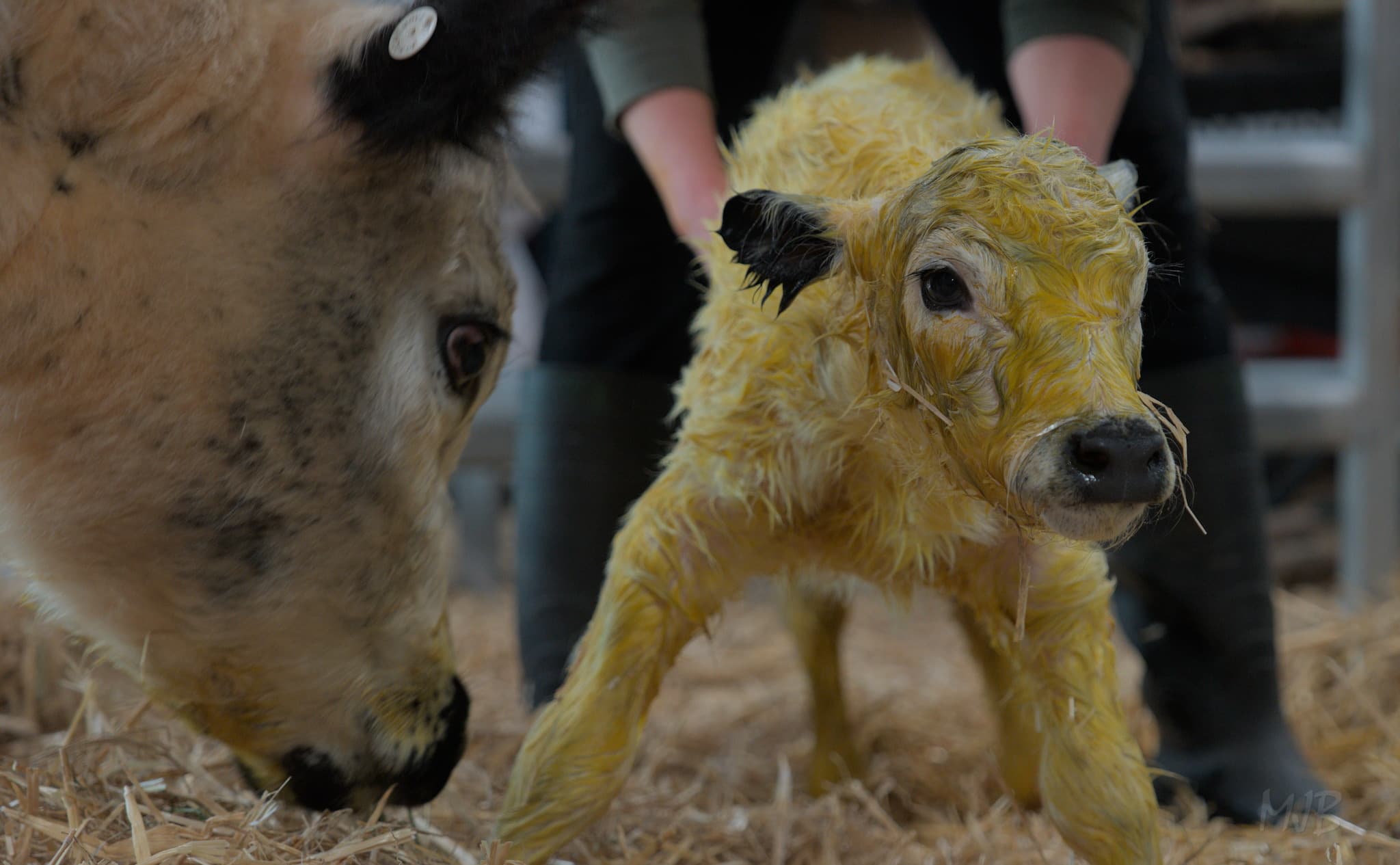
We knew how vital those first feeds were. Colostrum in the first 24 hours can mean the difference between life and death, and by now the little one had started to shiver. We milked Oreo ourselves and tried a bottle, but she refused it. Reluctantly, we resorted to tube feeding, which was hardly pleasant for her, but necessary to keep her alive. Worried Oreo might not produce enough, I picked up colostrum powder as backup, while we kept the calf as warm as we could.
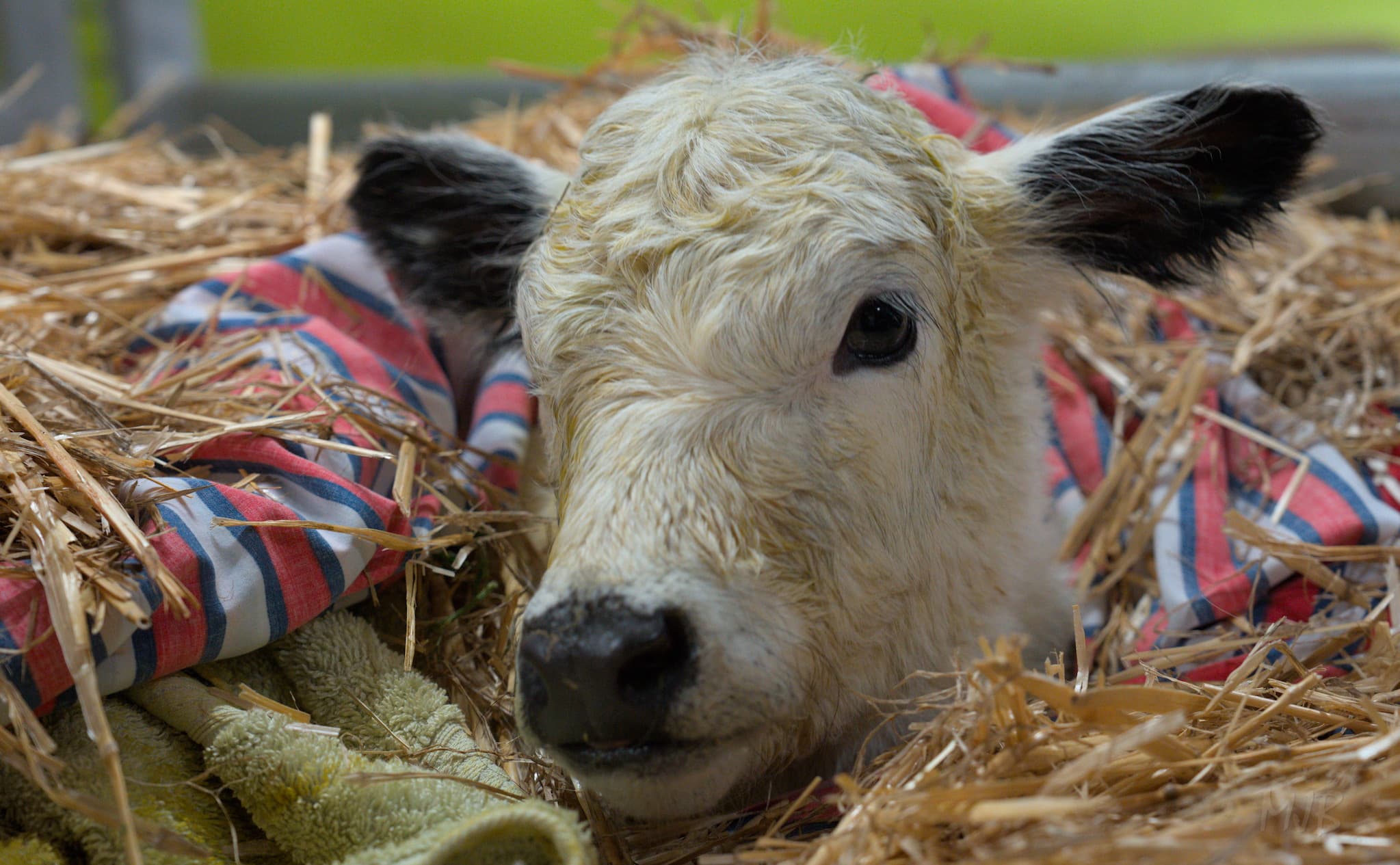
Anita went into research mode, and discovered a syndrome called "dummy calf" that seemed to fit. She found a promising technique called the Madigan squeeze, which originally developed for horses with similar symptoms. A rope is tied around the animal's chest, and pressure is held for around 20 minutes, in an attempt to simulate the birthing experience, triggering a sort of biological switch.
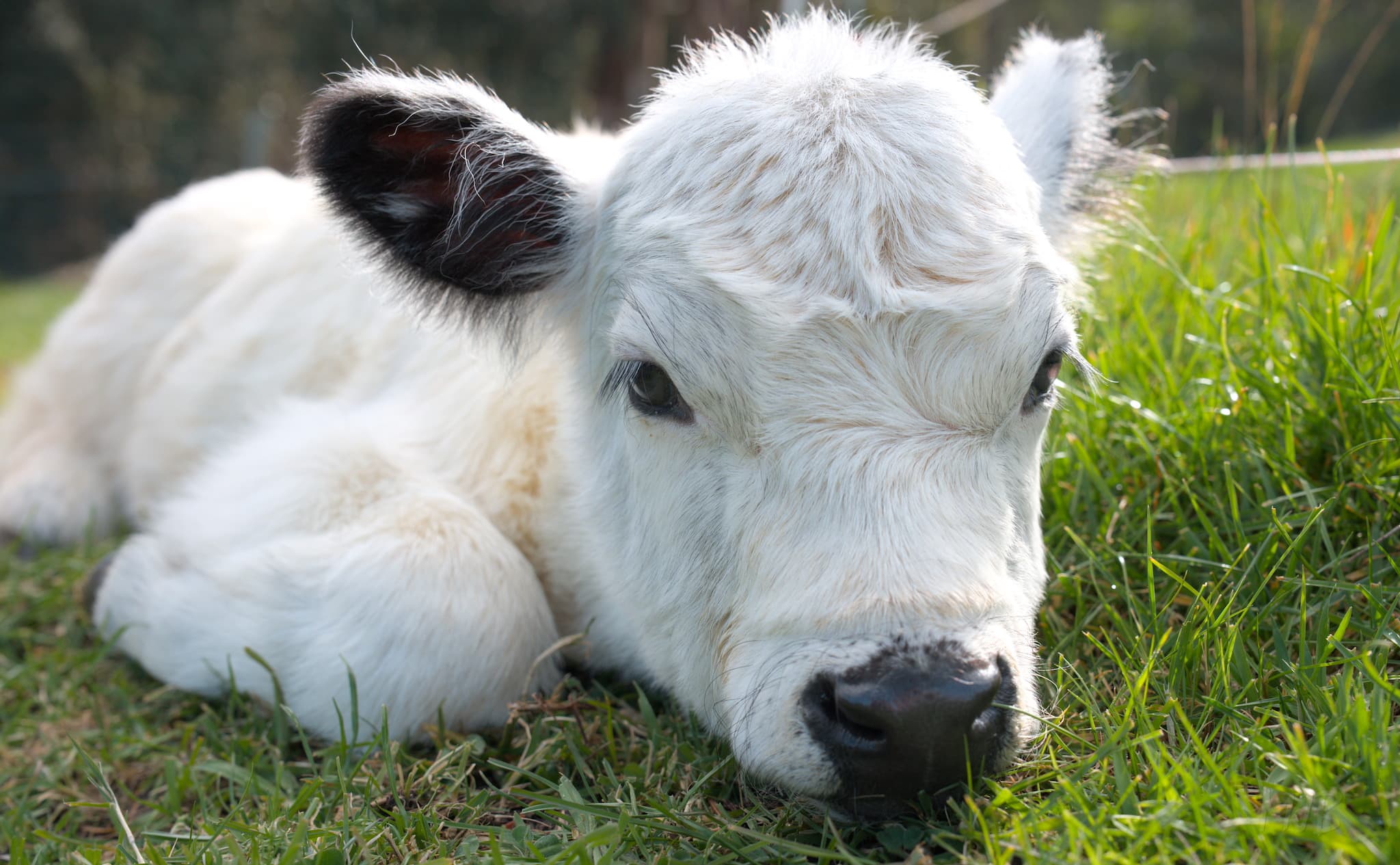
Amazingly, once the rope tightened around her, she lay down and slipped into a restful state. When we released the pressure, she stood up, a little brighter, and more alert.
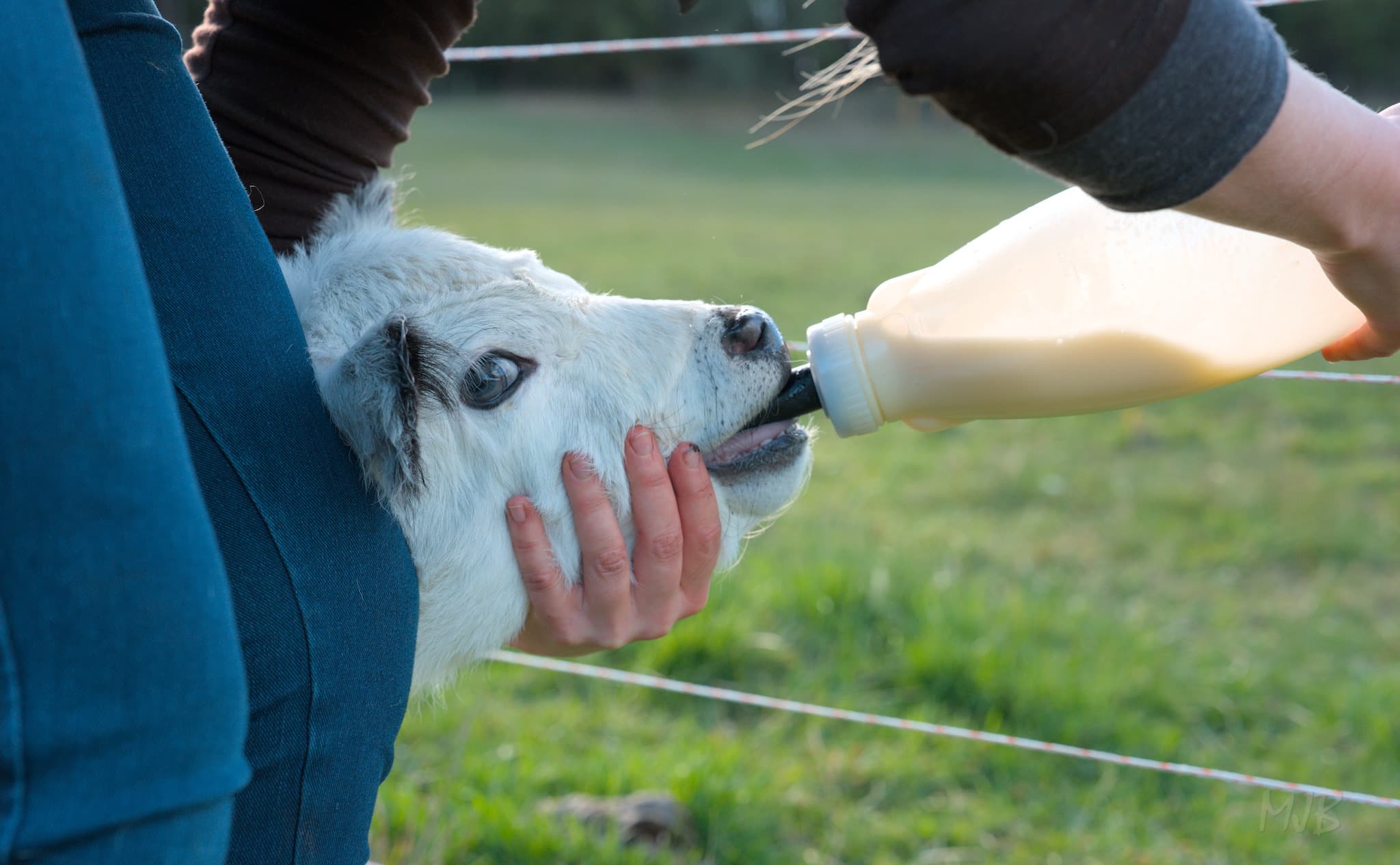
We had to repeat it a few times, but gradually her suckle reflex strengthened, and her energy returned.
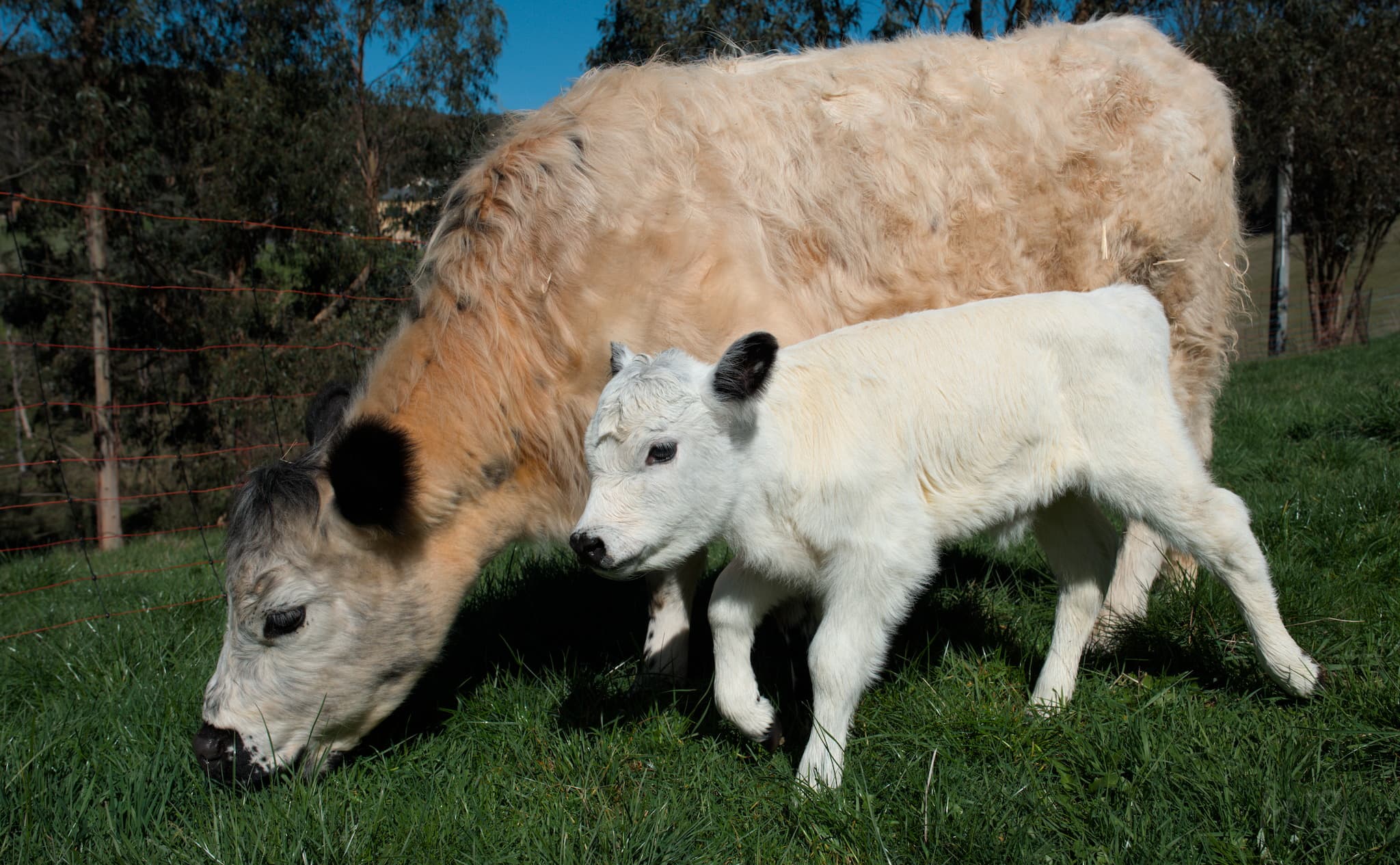
It took a little more coaxing, but soon enough, she was feeding on her own directly from mum. It took us a little time to agree on a name for the new member of the family. We settled on Cobie, short for Jacoba, not after Robin from How I Met Your Mother, but in honour of Anita’s grandfather. And somehow, it suited her perfectly.
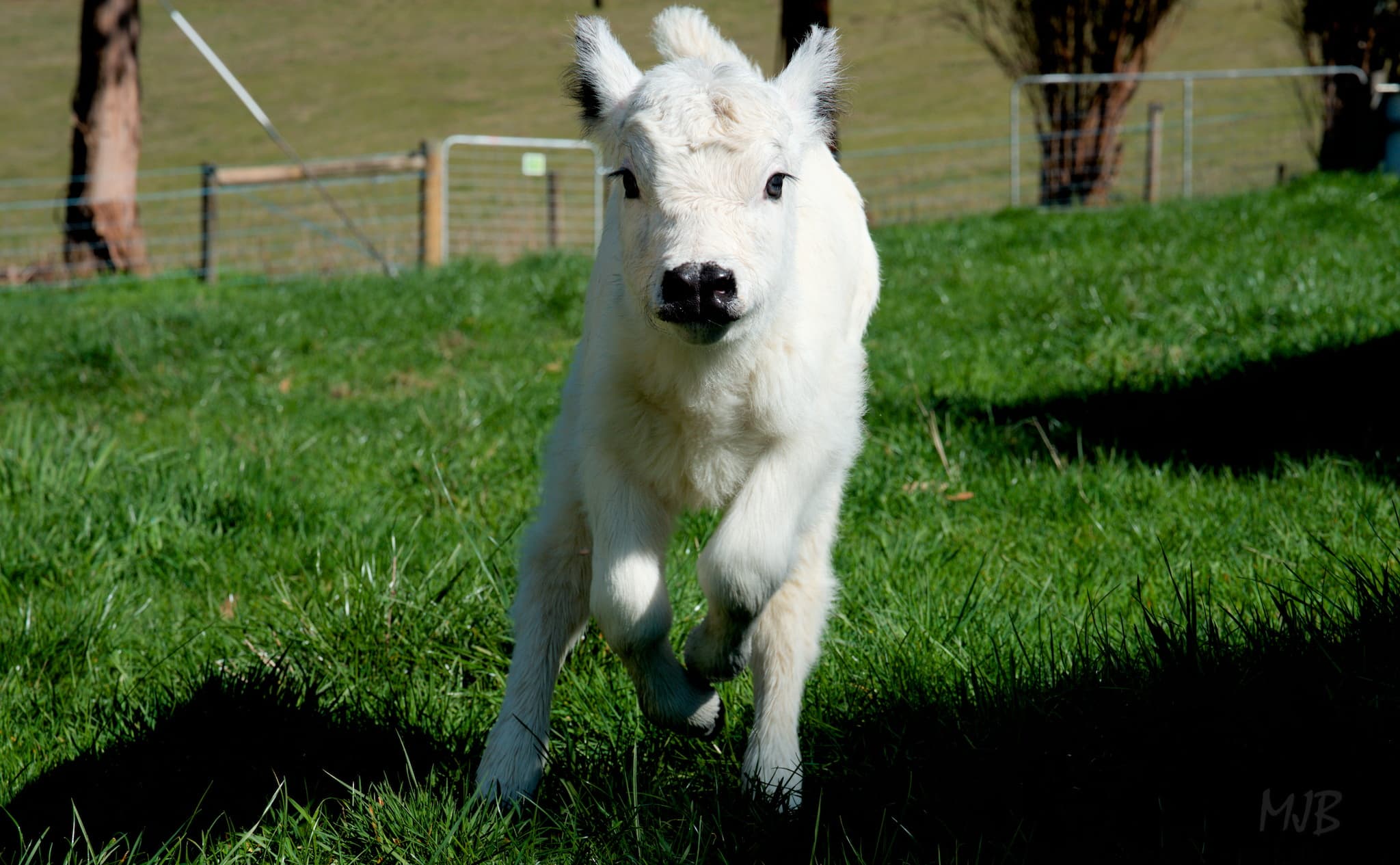
The risks of Oreo calving at this age played heavily on our minds throughout her pregnancy. We did everything we could think of to prepare, monitoring her day and night for the two months prior to calving. We will never know what could have happened had we not intervened along the way, but today we have a happy and healthy calf, and some lessons we’ll not soon forget.